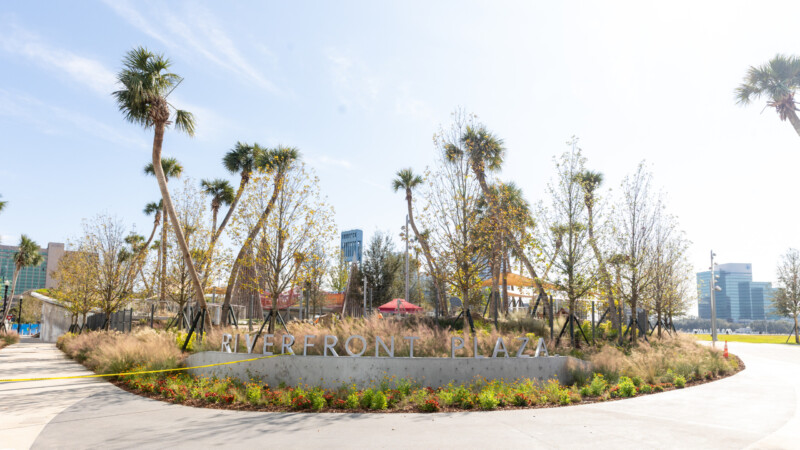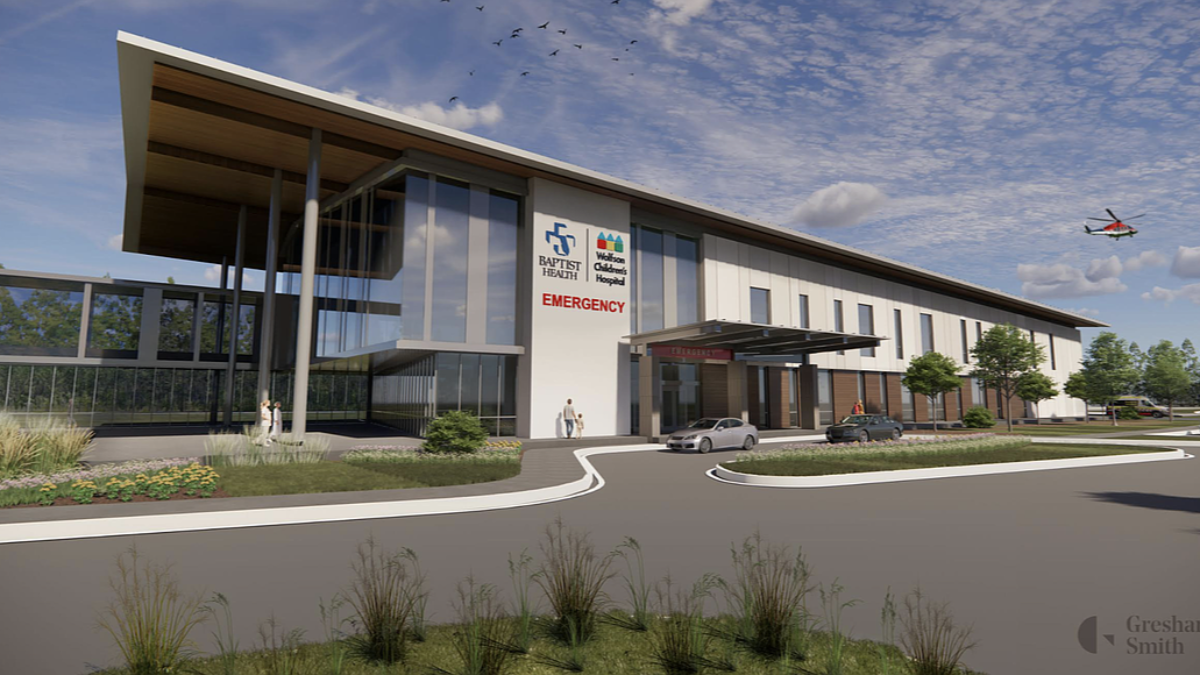Q: Jacksonville Today reader Alice K. has multiple questions about Jacksonville’s 3-year-old Office of Resilience.
Does the resilience office have more than advisory power? she asks. If not, how serious is the mayor about actually listening to the office’s advice? And is the resilience office “part of the debate about what to do with the Downtown/river corridor?
Is the office “able to contribute to the discussion about what to do about heat that is already dangerous and will only get worse, and the impacts development decisions will have on the outcome?” Alice asks.
“Does the agency have more than advisory power, and if it only has that, how serious is the Deegan administration about actually listening to that advice?”
A: Anne Coglianese became the city’s first chief resilience officer in 2021. Her city biography says she leads the development of resilience initiatives “to ensure Jacksonville can adapt and thrive in the face of acute shocks and chronic stresses brought on by climate change.” Coglianese and Mayor Donna Deegan launched part of that effort — called Resilient Jacksonville — on Oct. 13.
Resilient Jacksonville is the city’s 50-year resilience strategy, which Deegan calls a “roadmap for addressing flood and heat risks, while ensuring our citizens remain healthy and safe with access to more opportunities.” The plan includes 45 resiliency policies, projects and programs, which will be designed for specific Jacksonville neighborhoods.
City officials say the Office of Resilience is part of the mayor’s administration.
“As such, the chief resilience officer works closely with other members of the team, including the chief health officer and the chief of emergency preparedness, on all resilience matters, including heat,” the city says in an email. “This is a collaborative team effort so that each perspective is taken into account.”
The office advises the Mayor’s Office on issues, but it also can enact programs on its own, such as the upcoming Compound Flooding Model. The model will detail multiple flooding scenarios that could occur on the street level, officials say. The office also has multiple heat-related projects underway now, city officials say.
Those include the development of an Urban Forestry Management Plan, which works to maintain the tree canopy to maximize benefits such as reducing the effect of urban heat islands and stormwater runoff. It also includes working on emergency procedures for heat/freeze events and “coordinating with (the Jacksonville Transportation Authority) on increasing tree plantings at bus stops throughout the community.”
Resilience is built into all Downtown riverfront projects, the city says. That includes work as part of the Riverfront Plaza, underway for the past year at the former Jacksonville Landing site. Construction of a new bulkhead running from Hogan Street to the Main Street Bridge has been designed to help mitigate river flooding.







